Is your stomach upset, is your digestion acting up, and you don't know why? An imbalanced gut is often the root cause of many ailments. Promoting gut health isn't just a trend; it's a scientifically proven foundation for holistic well-being. Learn how to strengthen your digestion and restore balance to your gut flora.
Here you will learn...
The most important points in brief
70% of your immune system resides in your gut. An imbalanced gut flora weakens your entire system.
High-quality probiotics can positively change your gut bacteria in just 4–8 weeks.
Daily fiber intake is essential for your good bacteria, as they serve as food.
A leaky gut can promote inflammation .
Many digestive problems often disappear after just a few weeks with gut-friendly foods .
How diet, bacteria & lifestyle interact
The gut is far more than a digestive organ; it is a complex ecosystem with around 39 trillion microorganisms that communicates closely with the immune system, metabolism, and even the brain (1). This microbiome influences how well nutrients are absorbed, inflammation is regulated, and pathogens are defended.
An imbalanced gut flora, medically known as dysbiosis , is associated with numerous complaints: from bloating and constipation to fatigue, skin problems and increased susceptibility to infection.
But the good news is: The intestinal flora can be actively regenerated.
The gut as the control center of the body
The surface area of the intestines is roughly the size of a tennis court and forms a crucial barrier between the external and internal environments. It is home to countless microorganisms that aid digestion, produce vitamins, and train the immune system.
Approximately 70% of immune cells are located in the gut. A healthy gut flora therefore not only protects against infections, but also influences the entire organism – even affecting psychological processes via the so-called gut-brain axis (2).
The disrupted gut flora: Why the gut causes problems for modern people
The problem begins with dysbiosis – a disorder of the intestinal flora.
What is dysbiosis?
Instead of 70-80% good bacteria and 20-30% problematic germs, you have an imbalance. The harmful germs predominate, and then the problems begin (3). The symptoms of a disturbed gut flora are (4):
- Bloating and a feeling of fullness (directly after eating)
- Chronic constipation or diarrhea
- Abdominal pain and cramps
- Energy crashes in the afternoon
- Bad skin and pimples
- Weak immune system (constantly catching colds)
- foul-smelling excretions

The cause of dysbiosis (5):
- Too much sugar and processed foods
- Too little fiber
- Antibiotics (yes, often necessary, but they also kill good bacteria)
- Chronic stress
- Too little exercise
- Too much alcohol
Do you recognize yourself? You are not alone – many people have a disordered gut and don't know it.
The concept of leaky gut: When your intestines become leaky
This is where it gets even more interesting. A key problem for gut health is a leaky gut – an increased risk of intestinal permeability.
What happens in leaky gut syndrome?
Your intestinal wall consists of a layer of cells that act like a filter (6) They allow beneficial nutrients to pass through but retain harmful substances. With leaky gut syndrome, small gaps develop in this layer, and suddenly:
- Incompletely digested food components
- Lipopolysaccharides (toxic endotoxins)
- Germs and their toxins
...directly into the bloodstream. Your immune system reacts with inflammation (7) .
The consequences of leaky gut (8):
- Food intolerances (sudden)
- Systemic inflammation
- Autoimmune reactions
- Poor skin health
- Mental health problems, such as anxiety and depression
The good news: Leaky gut is repairable. With the right measures, your intestinal wall will regenerate in 4–8 weeks.
Building up gut flora: The right diet

Your gut flora is like a garden – without the right nutrients it withers.
1. Dietary fiber: Food for good bacteria
Dietary fiber is the secret. It's prebiotic, meaning it feeds your good gut bacteria (9). The golden rule: 30g of fiber per day.
The problem: The average in Germany is 15–18 g.
Best sources of dietary fiber:
- Vegetables : Broccoli, cauliflower, spinach (7–10 g per serving)
- Fruit : Apples with peel, pears, berries (3–5 g each)
- Whole grain products : Oat flakes, whole grain bread (3–8 g per serving)
- Legumes : lentils, chickpeas, black beans (8–15 g per serving)
- Seeds and nuts : psyllium husks, chia seeds (10 g per tablespoon!)
Practical tip
Increase your fiber intake slowly. Jumping from 15g to 30g will very likely cause bloating. Add about 5g each week.
2. Fermented foods: The live probiotics
Fermented foods contain live probiotics – real, functioning bacteria (10).
The best sources:
- Sauerkraut (unpasteurized): The best source of Lactobacillus
- Kimchi: Even stronger than sauerkraut (spicy + probiotic)
- Kombucha: Fermented tea with a fermentation culture
- Miso and tempeh: Fermented soybeans (Note: Miso often pasteurizes the probiotics)
- Kefir and yogurt: Made with real cultures
The rule of thumb: A small glass (50-100ml) or 1-2 tablespoons a day is sufficient. More is not always better.

3. Polyphenols: The protective substances for your gut
Polyphenols are plant compounds that protect your intestinal wall and reduce inflammation (11).
Top polyphenol sources:
- Berries : blueberries, raspberries, blackberries
- Green and black tea : 2-3 cups per day help
- Dark chocolate : 70% cocoa
- Nuts : almonds, walnuts
- Spices : Turmeric, ginger, cinnamon
4. High-quality fats: For the intestinal barrier
Your intestinal wall needs omega-3 fatty acids to stay stable (12).
The best source:
- Fatty fish : salmon, sardines, herring (2-3 times per week)
- Vegetable oils : linseed oil, walnut oil
- Avocados : Healthy fats + fiber
- Nuts and seeds : flaxseeds, chia seeds, walnuts
Additional tip:
High-quality omega-3 supplements can be a helpful support if you eat little fish. They help the intestinal barrier to function optimally.
The 5 pillars of a strong digestive system
- Eating right : It's not just about what you eat, but also how you eat (13). Chew longer, eat slowly and eat small portions.
- Exercise : It stimulates your intestinal peristalsis – the natural contractions that transport food (14). Abdominal massages can also help.
- Stress reduction : The invisible digestive killer is chronic stress and is one of the main causes of dysbiosis (15). Why? The vagus nerve controls your digestion. When stressed, the body switches to "fight-or-flight" mode – digestion slows down.
-
Sufficient water : The intestines need fluid to function (16). The rule:
2–3 liters per day (depending on body weight and activity). -
Sufficient sleep : Your gut regenerates while you sleep (17).


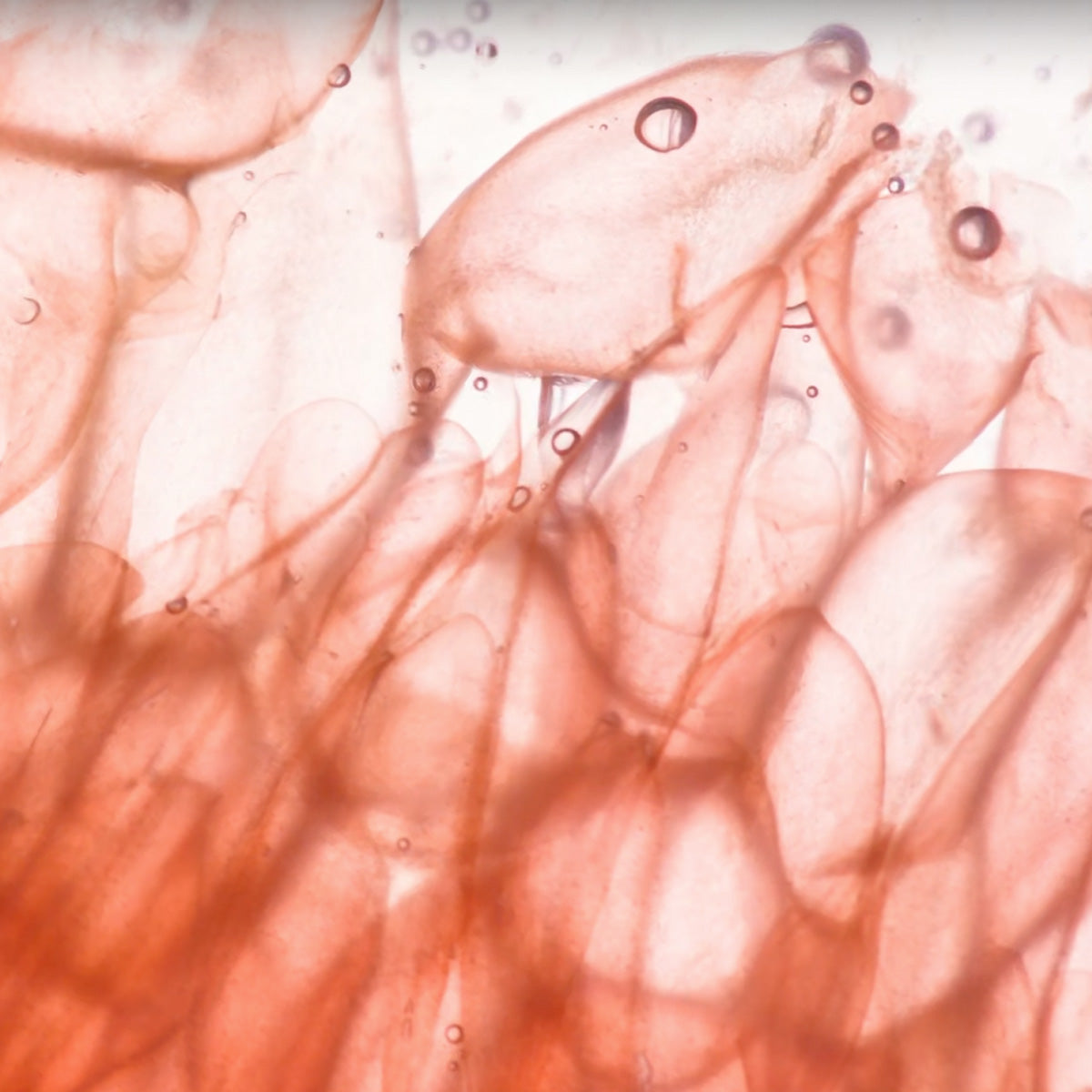
![Zinc Capsules [Zinc Bisglycinate]](http://cellavent.de/cdn/shop/files/CH_essentials-zink-kapseln-Produktbilder_2025.png?v=1760952204&width=104)
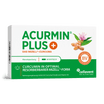
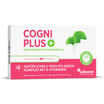
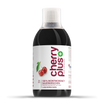

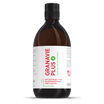
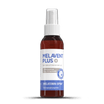
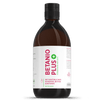
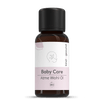

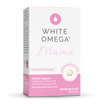
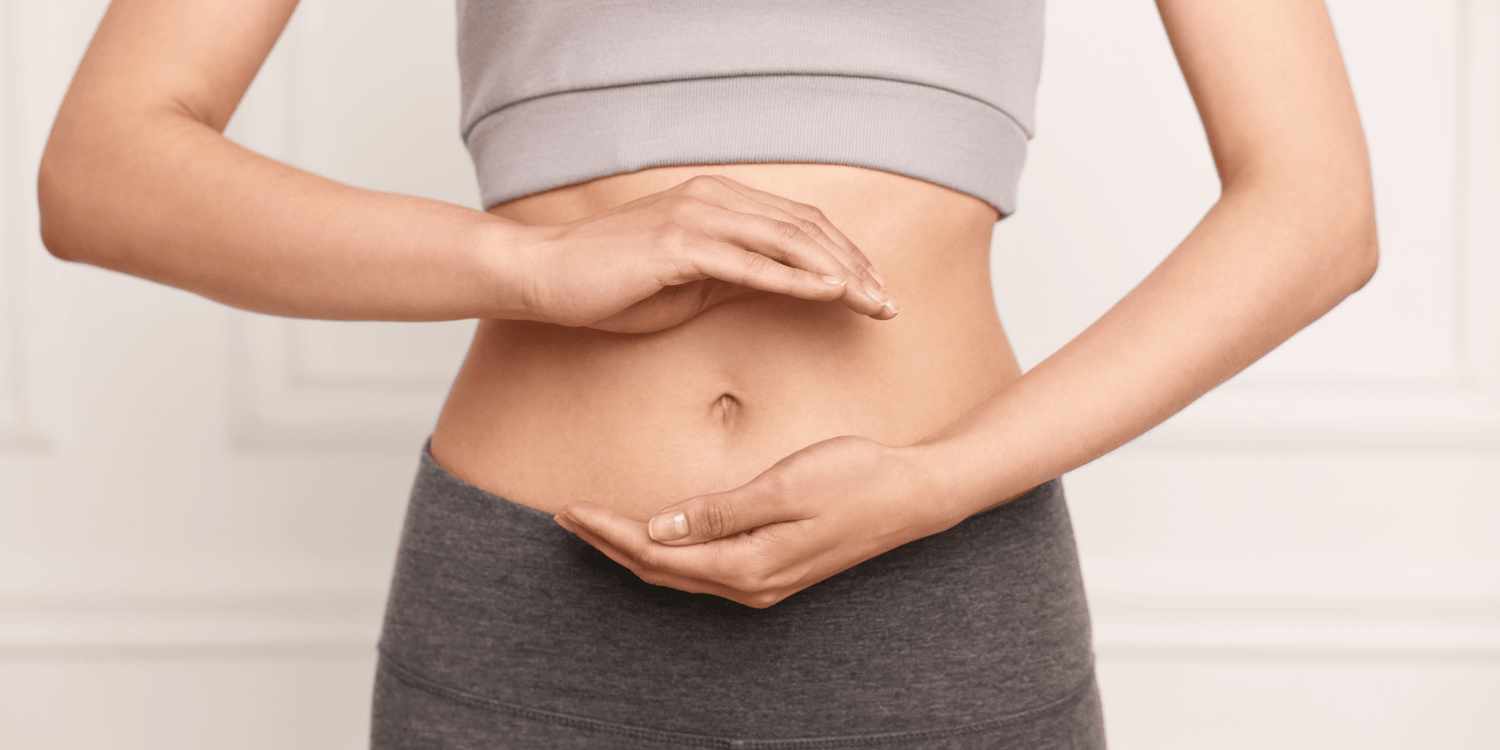


Leave a comment
This site is protected by hCaptcha and the hCaptcha Privacy Policy and Terms of Service apply.